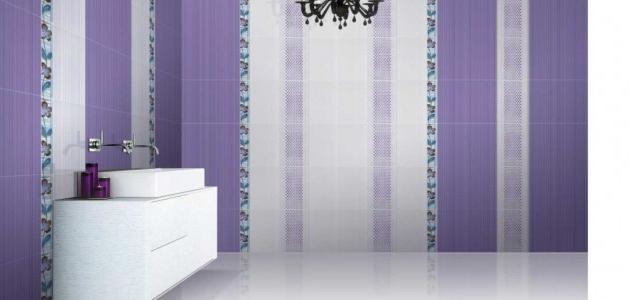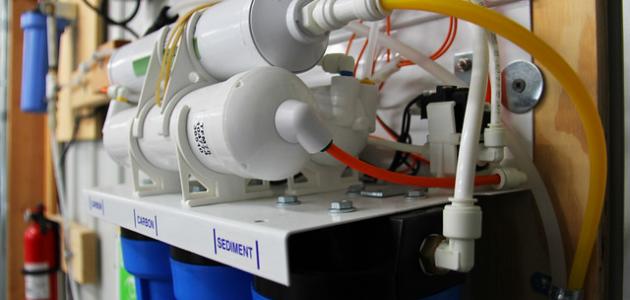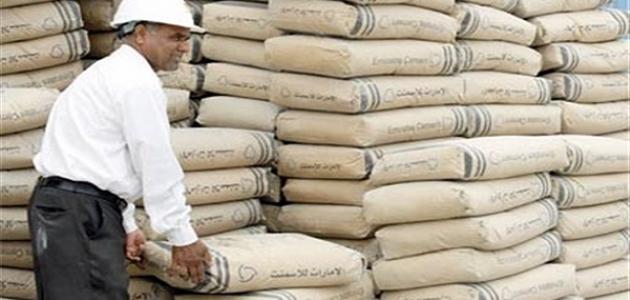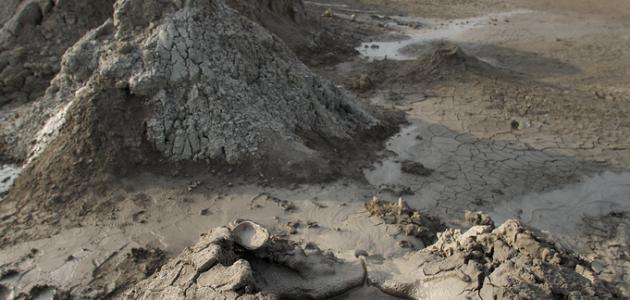ceramics
Ceramic is a mixture of cement, clay, and glass. It does not include any metallic materials or inorganic materials. It is heated, as happens with pottery materials, in order to obtain a specific and hard shape. Cement is added to the mixture to make it difficult to break and remain solid. Others, as it is a product of clay, sand, limestone, and feldspar, and it goes through stages that are drying, then roasting, then burning, then painting, and it comes in different sizes starting from (10 * 10) cm until some of them reach (125 * 185) cm.
The role of coatings in ceramics
- It gives him a nice look.
- Protect it from scratches.
- Liquid materials are not spilled.
- Easy to clean.
Criteria for determining the quality of ceramics
- The purity of the raw materials, and their absence from any impurities.
- The consistency of the biscuit.
- Dimensional accuracy of ceramic tiles.
- color fastness
- Its corrosion resistance.
- color uniformity.
- Paint resistance ability to acids and salts.
- Its ability to absorb water.
Types of ceramic tiles
Ceramics are divided into two types according to the degree of water absorption:
Highly absorbent ceramic
This type is suitable for the floors of corridors and bedrooms, because it prevents the transmission of sound to the lower floor, and this type is characterized by the following:
Read also:How to make a simple generator- His thin body.
- His pores are open.
- Not frost resistant.
- The sound travels through it muffled.
Low water absorption ceramic
This type of ceramic is suitable for floors exposed to moisture, such as: bathroom walls and floors, or for external walls directly exposed to weather factors. This type is characterized by the following:
- His body is dense.
- His pores are closed.
- Frost resistance.
- The sound is transmitted through it in a resonant form.
Types of Egyptian ceramics
- Kilo Patra ceramics, one of the best types of ceramics today.
- Royal Ceramics.
- The jewel.
- Ceramic Art.
- Gloria.
- the prince.
- Pharaohs.
- Prima.
- Alpha Ceramics.
Things to consider in choosing and installing ceramics
- Dimensions and sizes are chosen according to the area and type of place to be paved.
- Matching the quantity and type of ceramics with the previously selected sample.
- Ensure that the back of the tile is rough so that it adheres well.
- The person who will do the tiling should be skilled and experienced.
- Taking into account that the distances between the installed ceramic pieces are equal, and not large, which often do not exceed (5) mm, and equal distances can be maintained by placing plastic pieces with a grid (+) between the tiles, then they are removed after the completion of the work.
- Maintaining the appropriate slope so that it is (1%) for the ease of flow of water to the manholes; To prevent moisture, especially in the kitchen and bathroom.
- Soak the ceramic pieces with water before installing them to stick well.
- Choose a good cement to fill the voids between the tiles, so that they do not crumble over time and become unsightly.
- Ceramics should not be installed if the temperature is more than (40) degrees Celsius. Because the adhesive will be fragile, which may lead to the fall or breakage of the tiles.









